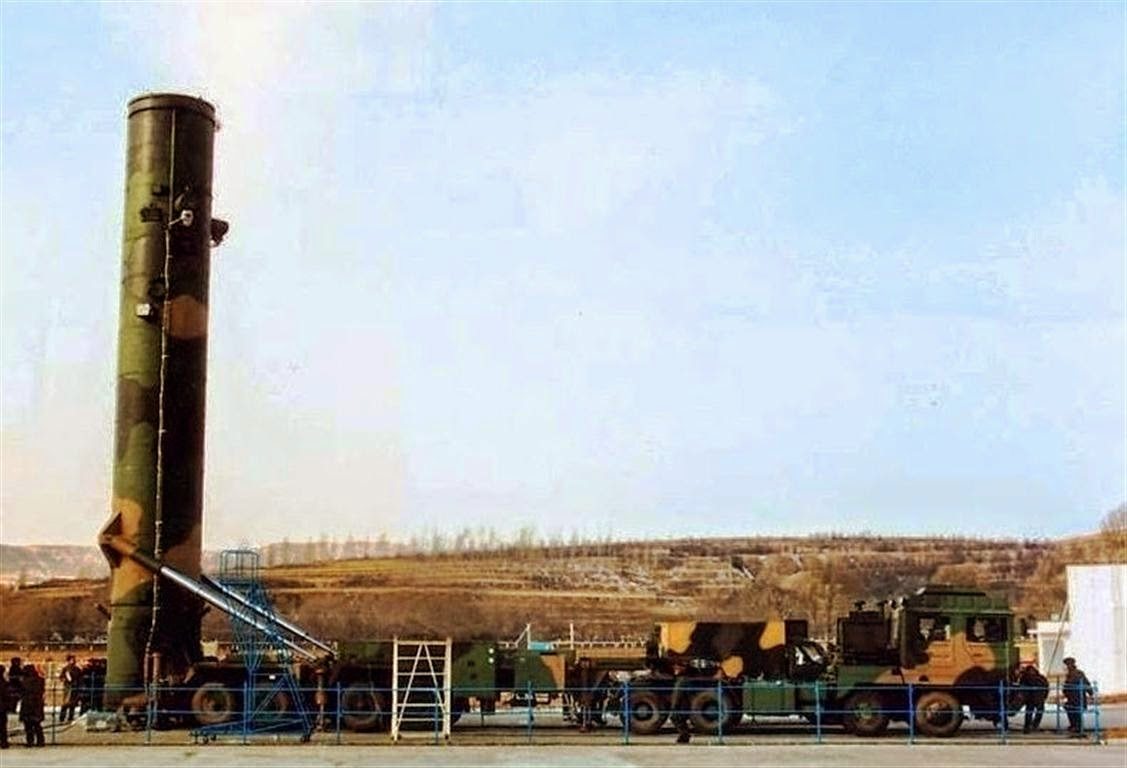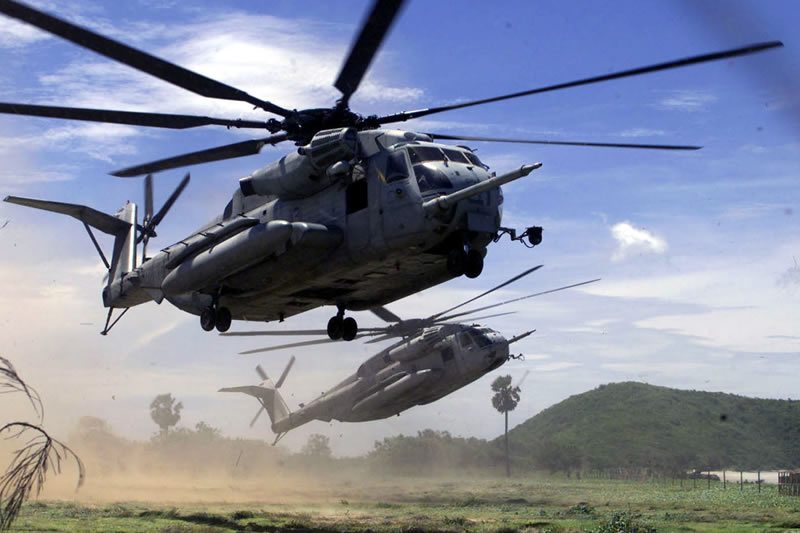China’s next-generation intercontinental ballistic missile (ICBM) – the Dongfeng-41 – could be in the People Liberation Army’s (PLA) lineup as early as the first half of 2018.
Media reports say that the Dongfeng-41 ICBM recently underwent another test, the eighth since it was first announced in 2012.
The missile must have matured considerably if it is to start serving in the PLA and, if so, official deployment could be in the first half of next year, Xu Guangyu, a senior adviser of the China Arms Control and Disarmament Association, said on a China Central Television (CCTV) program on Wednesday.
The Dongfeng-41 is a three-stage solid-fuel missile with a range of at least 12,000 kilometers, meaning it could strike anywhere in the world from a mainland site, Xu told the Global Times, adding that, “it can carry up to 10 nuclear warheads, each of which can target separately.”
The new missile also has a top speed of more than Mach 10 and can use decoy devices and chaff to pierce its way through the enemy’s missile warning and defense systems, Xu added.
The South China Morning Post reported that China had possibly tested the ICBM in its Western desert area in early November, but it did not give the exact location or date of the test, if indeed there was one.
Another report on the seventh test-firing of the Dongfeng-41 came from a US satellite tracking system and appeared in the Washington Free Beacon in April 2016.
No arms race
Song Zhongping, a Phoenix TV commentator and former member of the PLA’s Second Artillery Corps (Rocket Force), is of the view that the Dongfeng-41 is very likely already in service, since tests and other checks of missiles can be conducted after deployment as well.
Song told the Global Times on Sunday that the deployment of the missile certainly demonstrates China’s nuclear deterrence abilities.
Meanwhile, Russia tested four ICBMs, one of them identified as the Satan 2, also known as the RS-28 Sarmat, by the end of October. Moscow claimed that the missile could carry 12 nuclear warheads, according to the SCMP report.
Moscow’s latest exercise followed a successful test of the US Air Force’s Minuteman 3 ICBM, in California, on August 2. These tests come amid rising tensions over North Korea, which has conducted at least 13 missile tests this year.
The possible recent Chinese ICBM test would be following a long term schedule, rather than being just a chance to flex its muscles in response to other countries, said Xu, who added however, “Once the Dongfeng-41 goes into service, China’s ability to protect its own safety and to prevent wars would greatly increase.”
China does not have an arm race agenda and will not compete with any country for any such purpose, Song noted, explaining that its ICBM development is meant to protect its own interests since it still lags far behind the US in numbers of nuclear weapons.











